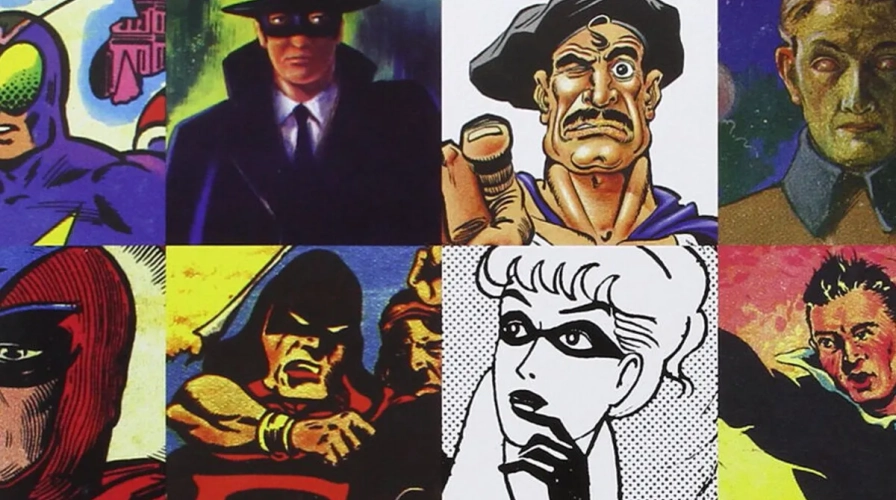Super-Héros: A French History—Unveiling the Origins of an American Myth
While DC and Marvel superheroes dominate the screen, the book Super-Héros: A French History reveals that these icons of American culture may have roots in France.
The Francophone Origins of an American Myth
Most would assume that the first superhero was Superman, created in March 1933 by American writer Jerry Siegel and Canadian artist Joe Shuster. While Superman undoubtedly established the genre in comics, Super-Héros: A French History complicates this narrative. Author Xavier Fournier, a leading expert in the field, traces the genre back to 19th-century France, focusing on masked vigilantes. The story begins with a historical figure, the sieur Picaud, wrongfully imprisoned for espionage. What’s the connection to Superman, you ask?
Picaud inspired the character of Edmond Dantès in Alexandre Dumas’ The Count of Monte Cristo, a cultural icon whose themes were later absorbed into serialized literature and the American pulps that shaped the first superheroes. Fournier goes on to explore pre-Superman figures such as Rocambole, Jean Valjean, the Phantom Captain, and Judex. Despite their seemingly distant connection to Gotham City, Fournier skillfully illustrates their ties to their American descendants.
Super-Héros: A French History delves beyond male superheroes, introducing readers to masked Amazons and Masquerouge, a character reimagined in comics by Patrick Cothias and André Juillard. Fournier also examines both serious superheroes and parodies like Super-Dupont. The book ventures beyond the comic panels into serialized 19th-century novels and films, even blending history with fiction. Readers encounter acrobatic women in costumes reminiscent of Catwoman and discover modern civilians donning suits to protect their neighborhoods.
After analyzing the genre's roots, the chapters catalog French superheroes and heroines. Some, like Robert l’Éclair or l’Oiselle, may surprise readers, while others, such as Epsilon or Mikros from the LUG magazine era, evoke nostalgia. Fournier highlights contemporary examples, such as the revival of Photonik in Luminary.
More than a mere list, the book situates these characters and series in their historical context, touching on laws regulating youth publications. For those curious about specific characters, an index provides easy navigation.
Richly illustrated, the book features engravings, posters, and drawings that bring the characters to life. Fournier also includes detailed character profiles, delighting fans of Strange Special Origins.

A New Edition
Super-Héros: A French History is authored by Xavier Fournier, a journalist, writer, and lecturer renowned for his expertise in superheroes. Currently the editor-in-chief of Comic Box, a magazine specializing in American comics, Fournier has contributed to diverse projects, including the role-playing game Gotham City Chronicles. He also hosts the podcast Aventures Fiction, launched in 2021, exploring American comics.
The book was originally published in 2014, earning the Grand Prix for an Imaginative Essay. This new edition is not merely a reprint; it features a revised and expanded table of contents. The final chapter introduces works like Imbattable, which plays creatively with the medium, and discusses globally popular phenomena like the animated series Miraculous and the Futuroscope attraction Étincelle.
The book’s final pages offer a wealth of resources, listing comics, books, DVDs, and articles for readers eager to delve deeper into the subject.
Super-Héros: A French History, published by Huginn & Muninn, is a treasure trove of knowledge. Its numerous references challenge preconceived notions about the origins of superheroes. Fournier not only uncovers new branches of the superhero family tree but also explores the uniquely French iterations of the genre across various formats. Once finished, readers will be eager to explore these characters further.




Comments (0)